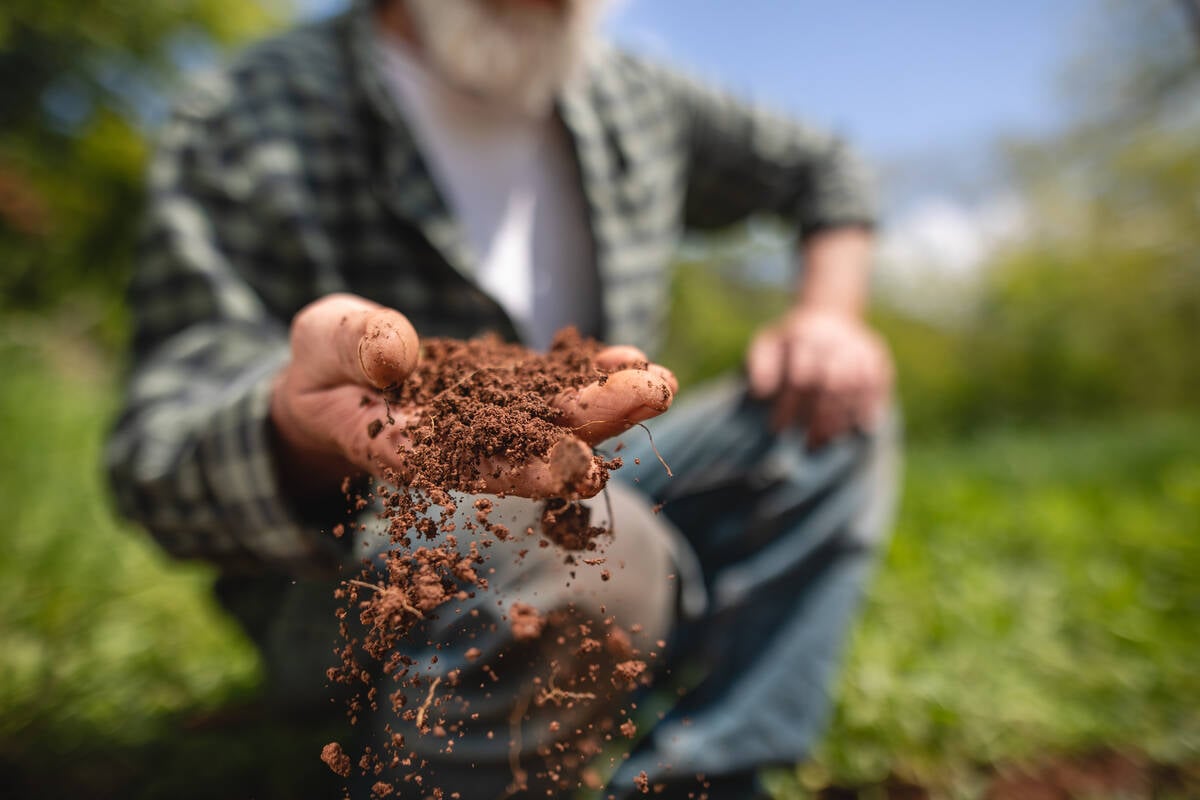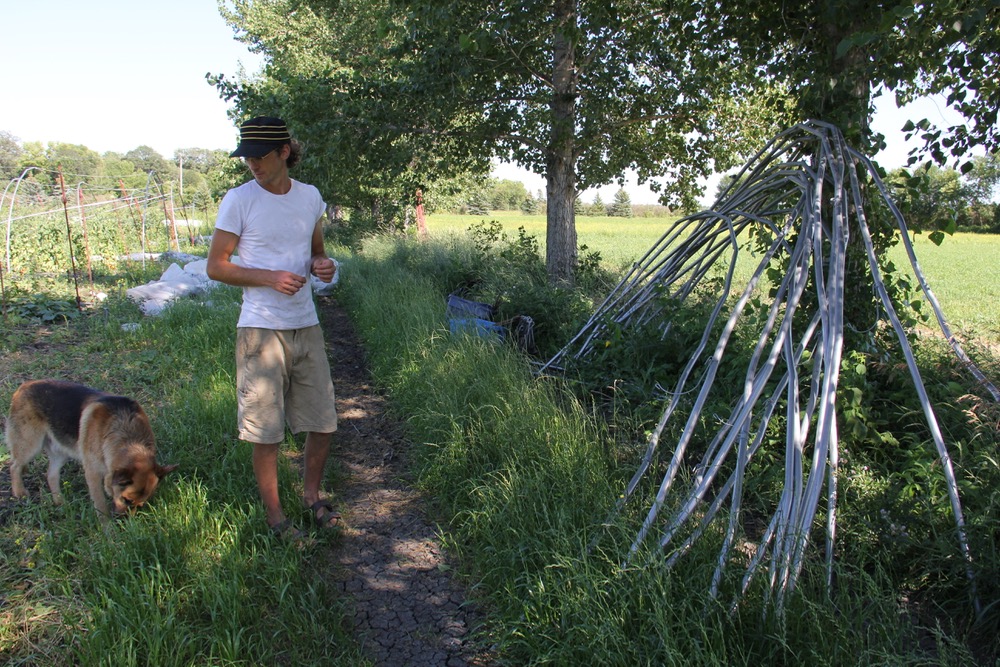Every year I like to try a couple of new plants in my outdoor garden and I while away quite a few hours during the wintertime looking at catalogues and deciding which newcomers I will welcome into my garden. Often, but not always, I grow these new-to-me plants in containers so that I have more control over the growing conditions.
One of the “new” plants that I am going to try this year is elephant ear (taro), Colocasia esculenta. This plant is native to the tropical regions of eastern Asia and Polynesia, so I am hoping that the plant will add to the tropical atmosphere that I try to create on my back patio. The heart-shaped leaves of the elephant ear are very large and I am hoping that it will be a real focal point in my sitting-out area. The plant is substantial, being over a metre tall, but the leaves give it even more substance because individual leaves can be over a metre long and almost a metre wide.
Read Also

Finally getting paid for sustainable farming?
Alberta project says they might have a line on a workable ecosystem credit model to reward farmers for sustainability, and Manitoba might be next
I am unsure whether to purchase a green-leafed variety or to go with a more exotic one like “Black Magic” with its almost black leaves. “Jet Black Wonder,” a black one with white veining on its leaves, and “Yellow Splash,” a green and yellow one whose leaves have similar variegation to the common pothos plant that many of us have in our homes are two other possibilities. I will have to see what is available in the local garden centres. The plants are usually purchased as bagged tubers for spring planting.
Elephant ear plants can be used in beds as well as in containers and will be focal points in a mixed border. They love water and make great additions to bog gardens or plantings along the edges of ponds where water is in abundance. Wherever they are grown, taro plants need lots of water — if grown in containers daily watering will be required. When a taro plant is grown in a mixed bed, mulching the plant will conserve water and extend the length of time between waterings. Surrounding plants, however, must be chosen carefully so as not to include any that might object to the high moisture levels in the soil required by the taro. The elephant ear is also a heavy feeder and biweekly fertilizing with a high-nitrogen plant food is recommended.
The large leaves of the elephant ear are susceptible to wind damage, so a taro must be located in a sheltered location. The plant can be grown in full sun but also will perform well in shade or semi-shade. Whether grown in the ground or in a pot, taro likes a rich soil containing lots of organic matter.
When a taro tuber is purchased it will usually come in a plastic bag that should be opened to ensure that the tuber is healthy and intact and not mouldy from too much moisture. By planting it indoors in late March/early April, a good-size plant will be achieved by mid-May. Plant the tuber horizontally so that the growing tip is just covered by the planting medium. Being a tropical plant, the elephant ear will not tolerate frost. The tuber is dug in the fall — or the container taken indoors — and stored for the winter in a similar fashion to canna tubers. The tuber can be left in the pot, or it can be buried in peat moss and stored in a cardboard box. Recommended storage temperature is about 5 C. Knowing that I can easily store my new elephant ear tuber for use again the following year is even more incentive for me to try this interesting plant in my garden. It will be a long-term investment!














